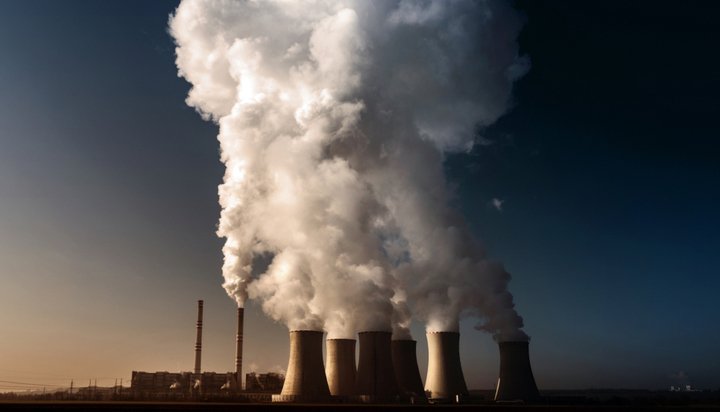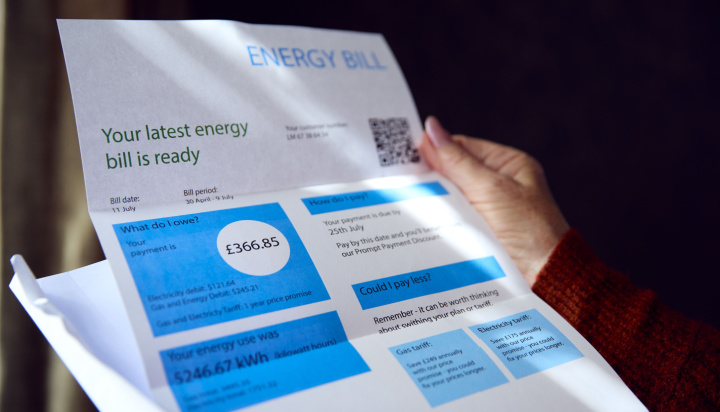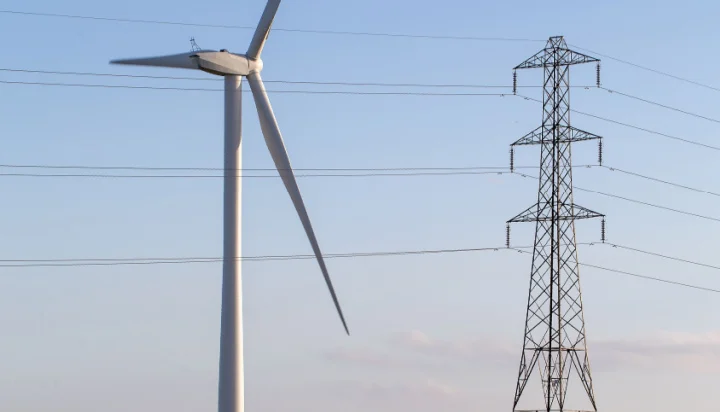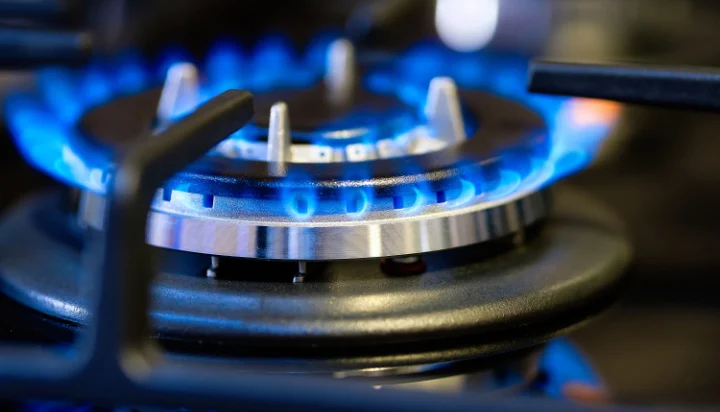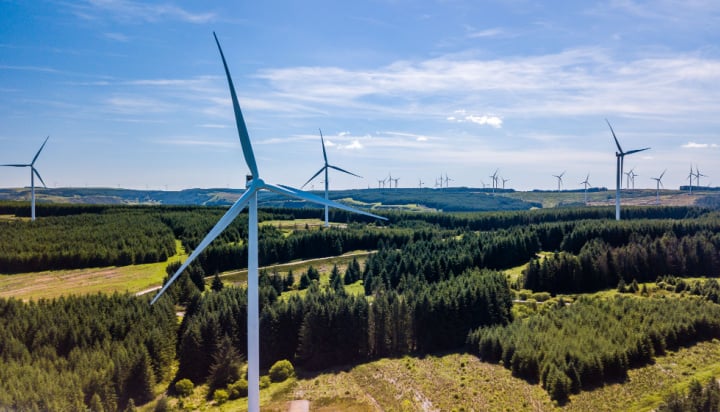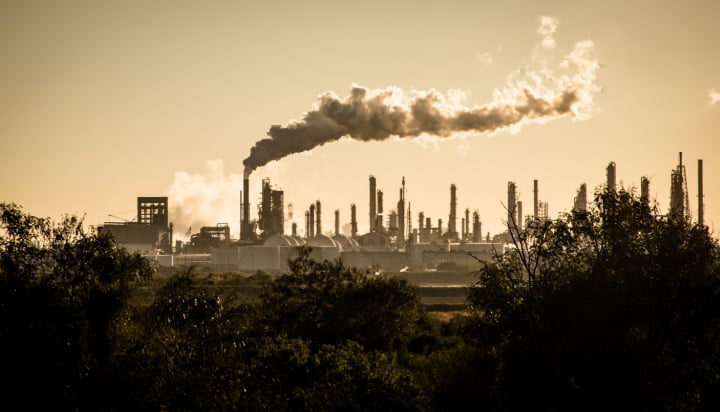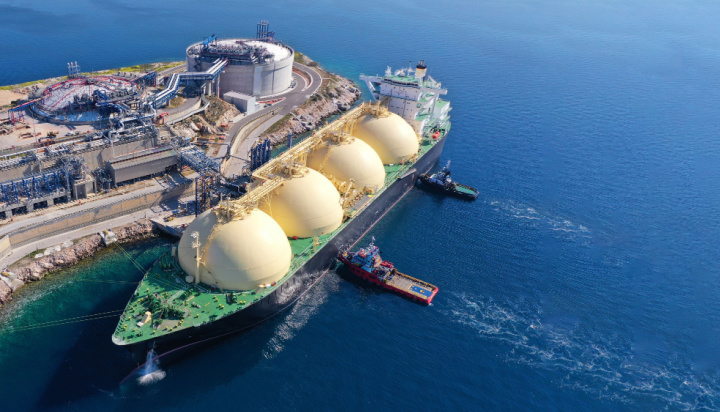The government has launched a consultation on expanding support from the Energy Ombudsman to cover small businesses with less than 50 employees.
More than 200,000 small businesses could get access to free specialist support for disputes with their energy suppliers under new proposals announced by the UK Government.
Under the latest plans, small businesses with less than 50 employees would qualify for support from the Energy Ombudsman, with issues including disputes over bills and energy supply, how an energy product or service has been sold and wider customer service problems.
This support is currently only available to businesses of up to 10 employees – and households.
The proposal follows a survey by Ofgem, which found 94% of respondents, which included business organisations, consumer groups and suppliers, said they would welcome the move.
The government is seeking views on the proposal to ensure all relevant businesses have access to redress against their energy supplier, without having to rely on the courts.
It has launched a consultation and is inviting views until 31st January 2024.
Energy Consumers and Affordability Minister Amanda Solloway said: “This government has always stood by businesses and we want to ensure they are getting proper support and service in dealing with energy suppliers.
“That’s why we’re proposing expanding the reach of the Energy Ombudsman to cover an extra 200,000 businesses, allowing them to access free, impartial advice and resolve issues with their supplier without the need for an expensive trip to court.”




